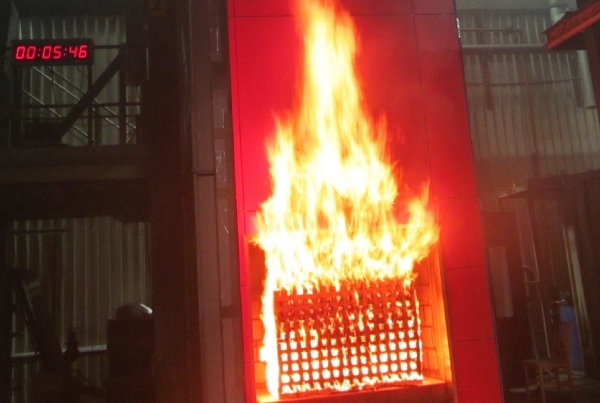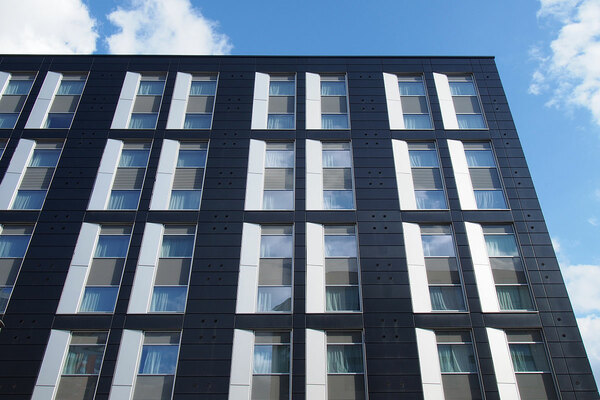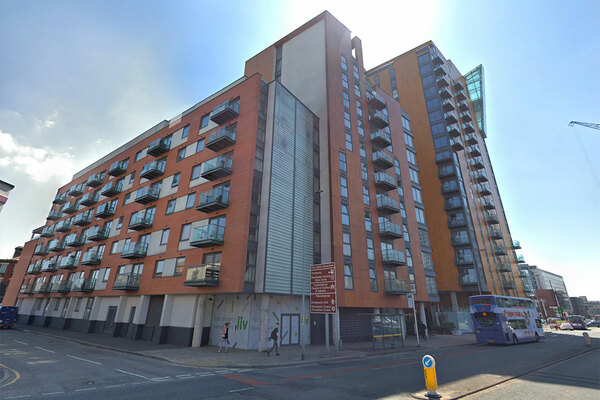You are viewing 1 of your 1 free articles
More than 20% of Greater Manchester high rises found to have dangerous cladding after Grenfell
More than one in every five high rises in the Greater Manchester region were found to have cladding systems so dangerous they required removal in the aftermath of the Grenfell Tower fire, figures released to Inside Housing reveal.
In response to a Freedom of Information request, the region’s combined authority revealed that by February this year, 121 of around 500 tall buildings in the region have been found to have dangerous cladding systems since the Grenfell Tower fire.
This comprised 64 with aluminium composite material (ACM) cladding, as used on Grenfell Tower, and 57 with dangerous systems of a variety of other kinds.
The majority of these moved at least temporarily to an evacuation strategy as a result of the issues – meaning a fire alarm or waking watch is generally required to alert residents of the need to evacuate.
As of February the region had 78 buildings with interim still measures in place due to the fire safety issues, with the remainder already remediated.
Of these, 21 have ACM cladding while the remaining 57 have issues of other kinds. These include high-pressure laminate (HPL) cladding, timber cladding, combustible insulation, wooden balconies, missing cavity barriers, a lack of adequate compartmentation and unprotected steelwork which forms the structure of the building.
The 78 buildings are comprised of 19 owned by social landlords and 59 by private leaseholders.
The government recently published its prospectus for £1bn of funding to remove non-ACM cladding, which previously limited funding to ACM buildings only.
Paul Dennett, mayor of Salford and chair of the region’s High Rise Taskforce, said he believed the issues discovered in Greater Manchester were symptomatic of a national problem.
“We’ve always been clear that this is a regulatory failure, it’s an industrial crisis,” he said. “It’s quite clear to me that the issue is around the the building regulations: how they’ve been interpreted and how the industry has applied that against the backdrop of deregulation of the construction industry over a number of years.”
The taskforce, established shortly after the Grenfell Tower fire, has overseen joint inspections by the Greater Manchester Fire and Rescue Service (GMFRS) to establish the prevalence of dangerous cladding.
The fire service has then agreed an action plan covering interim measures and remediation with the building owner.
Mr Dennett said this approach has been successful. “Generally it is fair to say we’ve seen really good compliance with the joint inspections and the action plans coming out on a building by building basis within Greater Manchester. Where there hasn’t been initial compliance, we’ve ended up achieving that in the end,” he said.
Tony Hunter, assistant chief fire officer at the GMFRS, added: “I think Greater Manchester has been ahead of the curve in terms of getting the troops on the ground, getting that information from those responsible. The information we’ve got about our buildings has taken a significant amount of effort to gain.”
The taskforce has actively encouraged the use of fire alarms in Greater Manchester, with a procurement framework in place for alarms which building owners and social landlords can access.
This has helped limit the reliance on expensive waking watches in the city – just 32 of the 78 buildings currently rely on a waking watch.
Mr Hunter explained that enforcement powers have been used sparingly, with most measures introduced by way of an agreement with building owners.
He explained that the use of enforcement notices can accelerate the rate at which work is carried out, but cannot prevent the building owner passing on costs to leaseholders.
“We can serve the enforcement notice and yes, it might accelerate the work, but it will also accelerate the issue of service charge demands which is why we’ve tried to work with people,” he added.
Sign up for our daily newsletter
Already have an account? Click here to manage your newsletters














